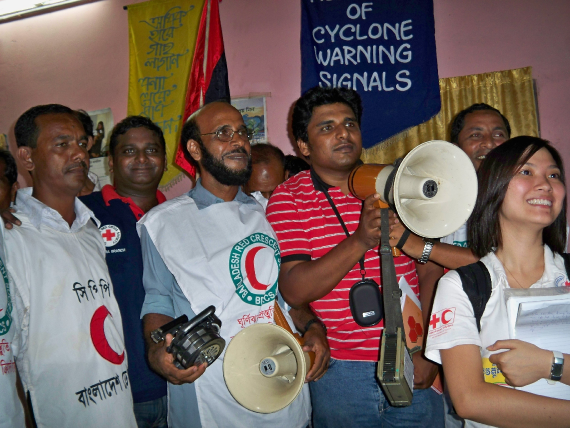
The changing climate is projected to increase the frequency and severity of climate extremes that affect lives and livelihoods. Increasing access to climate information contributes towards minimizing these impacts, and help communities and national level decision makers take advantage of favorable seasons. It can also help improve food security by enhancing food availability, access, utilization, and stability. CFA involves the seamless use of climate information for guiding decisions, particularly in the agriculture dependant countries in the region.
RIMES' CFA initiatives have focused on agricultural and pastoral communities in Asia. CFA has the following uses in these sectors:
- Downscaled climate change projections are useful in long-term agricultural planning, for example zoning of agricultural areas suitable for crops under a changed climate mean, and in guiding research efforts for breeding different crop varieties that would be able to withstand more frequent and intense climate extremes. Decadal, bi-annual, and annual forecasts are useful for medium and short term agricultural planning, crop diversification, and food logistics.
- Seasonal forecasts, with 1 month or more lead-time, help guide seasonal planning, such as herd moving decisions and planting date decisions, sub-seasonal forecasts, with 10-25 days lead time, helps in planting, weeding, and harvesting decisions
- Weather forecasts, with 3-5 days lead-time, guide decisions for sector specific process such as fertilizer and pesticide application.